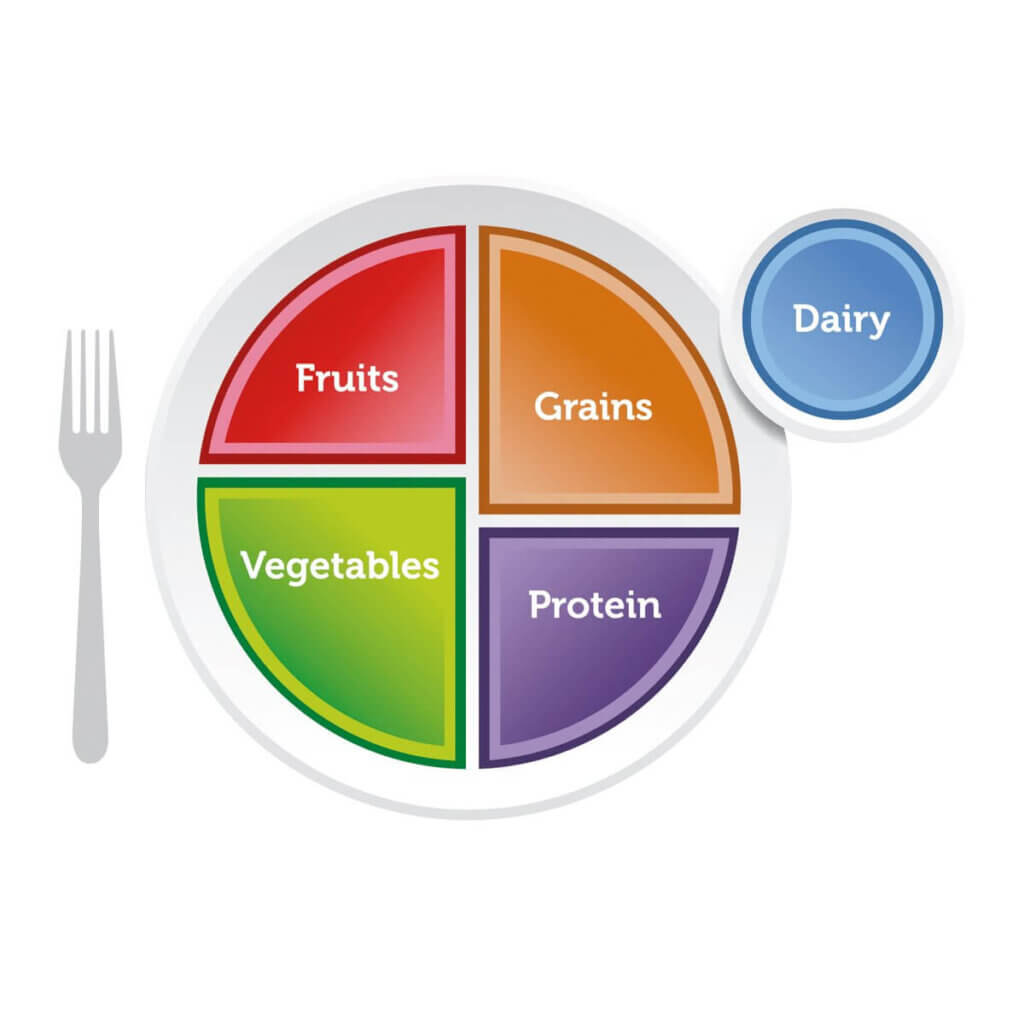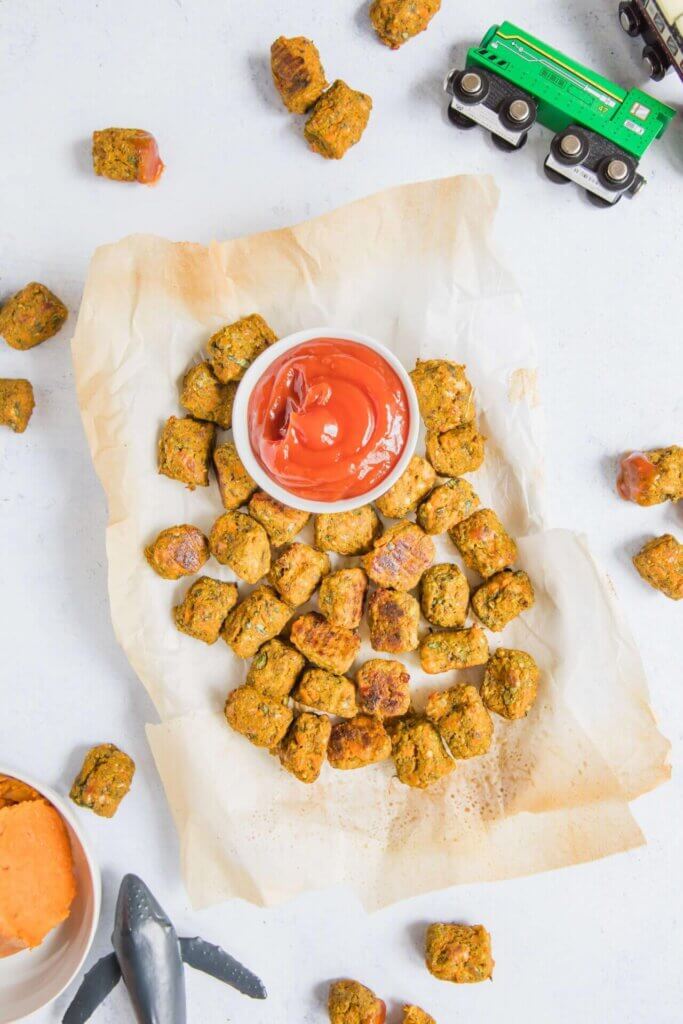Healthy Back to School Snacks
Sarah Schlichter, MPH, RDN
Snacks are a wonderful part of life. Not only do they help bridge the gap between meals, they also offer key opportunities for children and adults alike to increase their nutrient intake throughout the day.
However, snacking too often can ruin an appetite for mealtimes and can also lead to weight gain or overnutrition. On the other hand, not including the right balance of foods and nutrients in a snack can lead to more hunger and consistent snacking.
What you choose to eat can be important!
What makes a healthy, balanced snack?
A healthy, balanced snack generally contains at least one macronutrient group (carbohydrates, fat and/or protein). Generally, a combination of carbohydrate and protein will give you the most “bang for your buck,” in terms of sustenance, taste, and energy. The carbohydrates provide lasting energy while the protein adds a satiety factor. Eating protein at consistent intervals can also help minimize protein breakdown throughout the day (1).
Choosing a complex carbohydrate, like sweetpotatoes, whole grains, fruits and/or vegetables, also helps to increase your fiber intake, which is linked not only to improved digestive health, but overall health. Fiber also contributes to more satiety and lasting energy.
Kids Nutrition Needs

The USDA has a MyPlate Kids’ option that shows a healthy balance of nutrients on a plate, including fruits, vegetables, protein, grains and dairy. Since many Americans and children are not getting the recommended daily amount of five servings of fruits and vegetables, snacks can help with that.
Children should choose snacks that are low in sugar, which can contribute to dental carries and childhood obesity, but high in micronutrients, like fiber, potassium, iron, Vitamins A and C.
Most children will eat two to three snacks per day. Toddlers and younger children likely need to eat every few hours, while preschoolers and kindergarteners can likely go 3-4 hours without eating. Older children may be able to go a little longer, depending on schedules and activity.
Snacking can also enable the introduction of new foods to children and can be a great way to encourage exploration, new tastes and perhaps even find new favorite healthy foods.
How Big Should a Snack Be?
A good starting place for a snack is about 100-150 calories for children (depending on age, growth, and activity) and 200-250 calories for adults. Adults should aim for at least 3 grams of fiber and 5 grams of protein.
For children, snacks can be a great way to set routine and prevent children from going too long without eating. As adults, it is equally important to be prepared when hunger does strike. For those who are active, healthy snacks are especially important for fueling exercise and recovery, helping to keep blood sugar stable, preventing overeating later on and helping to improve performance in exercise.
What Are Some Healthy Portable Snack Ideas?
Here are some healthy grab-and-go snack options to pack as you’re heading out the door or for your children at school.
Whole Wheat Sweetpotato Muffins Sweetpotato Tots
- Whole Wheat Sweetpotato Zucchini Muffins
- Spinach Sweetpotato Tater Tots
- Piece of fruit + nuts/seeds or portable nut butter
- Cheese stick + whole grain crackers
- Sweetpotato Hummus with baby carrots and chopped pepper slices
- Chips and salsa
- Dried fruit, nuts, and low sugar cereal
- Smoothie with fresh or frozen fruits and veggies
- Low sugar greek yogurt with fruit
Other Snacking Tips:
Encourage snacks to be fun with children. Consider cutting them into fun shapes or using fruits or veggies to make faces.
For adults, snacking mindfully can help prevent overeating and increase the enjoyment you get from your snacks.
If snacking around exercise, allow at least 30-60 minutes for a pre-workout snack to be digested. In terms of a post workout snack, the sooner you can get it in, the sooner you can start the recovery process.
Sources:
- Jager Ralf, et al. International Society of Sports Nutrition Position Stand: Protein and Exercise. J Int Soc Sports Nutr. 2017;14:20.
- My Plate Kids’. US Department of Agriculture. Retrieved from https://www.choosemyplate.gov/browse-by-audience/view-all-audiences/children/kids

